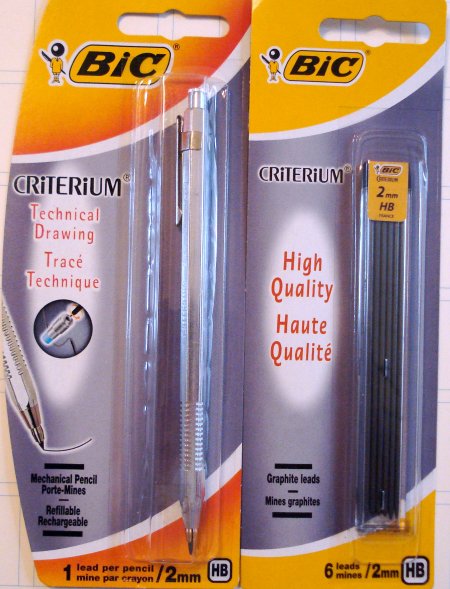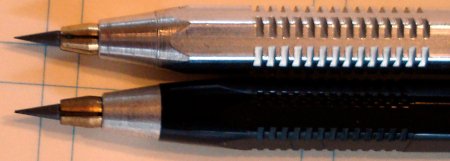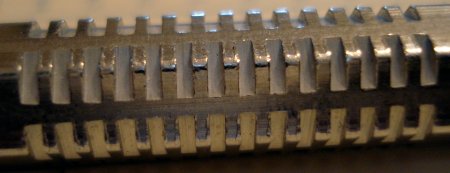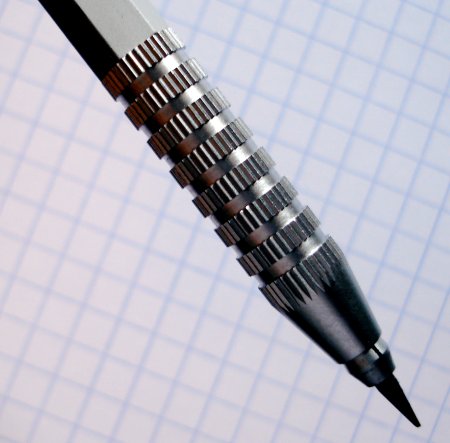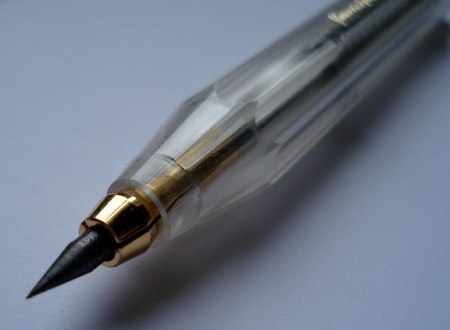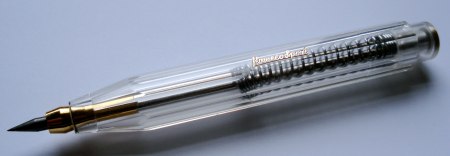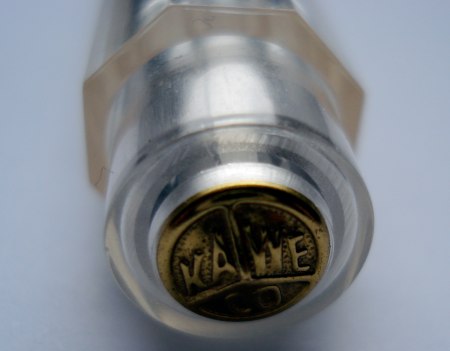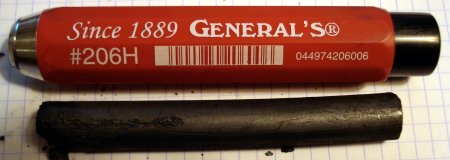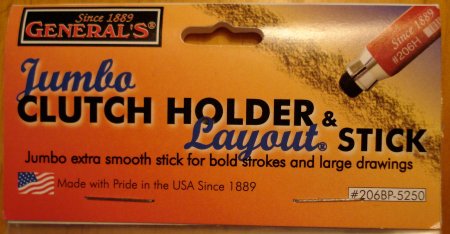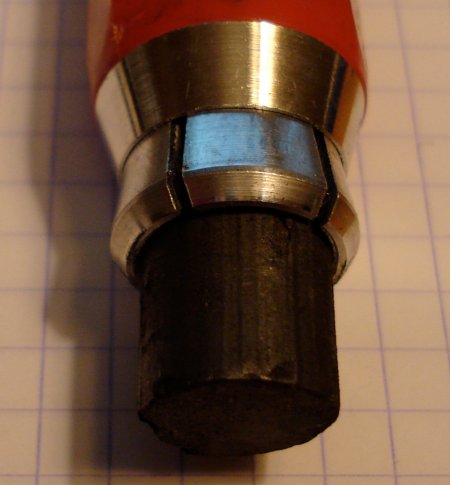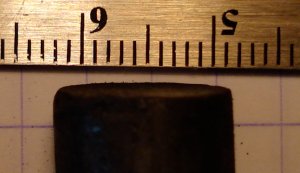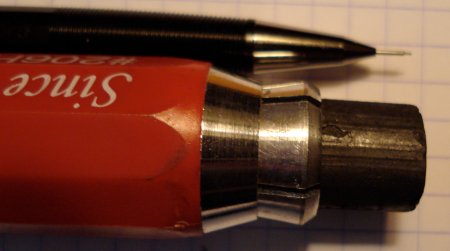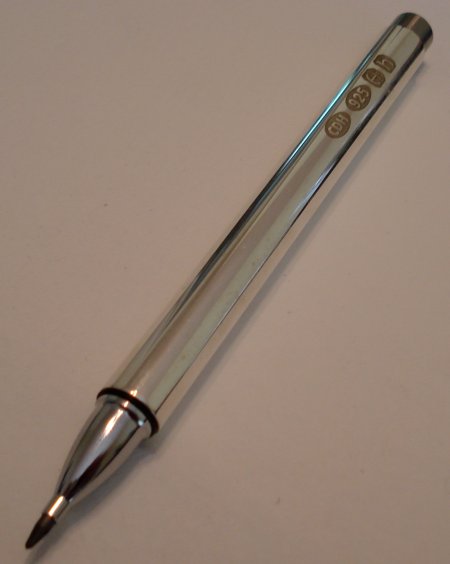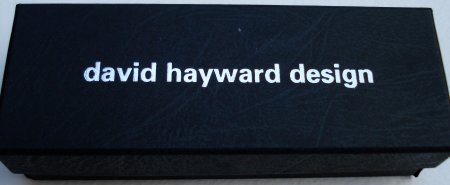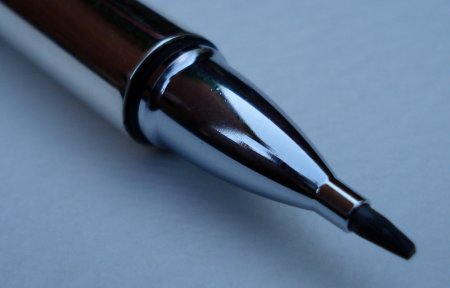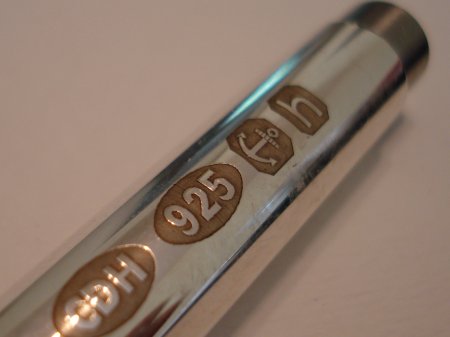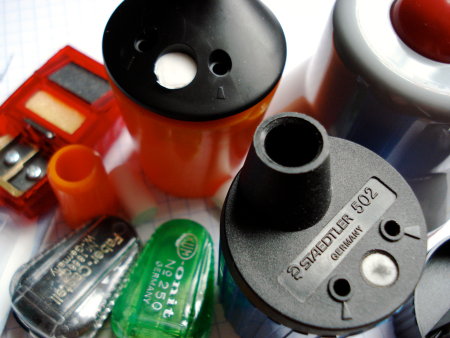
One of the great advantages of leadholders is the wealth of available methods for pointing the lead. Let’s take a look!
Sandpaper
This low tech approach is still in use, and an appropriate grade sandpaper is generally for sale at art supply stores. Some pencil / art supply firms have their own branded sandpaper, sold with ten or so sheets stapled to a wooden paddle.
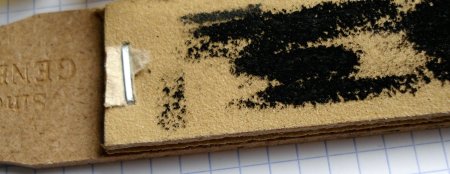
How does it work? If you haven’t tried it, you might be in for a very pleasant surprise – it is remarkably easy to create an excellent conical point, or should you prefer – a chisel point!
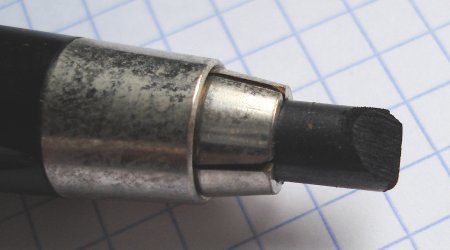
The only downside is that you have to be careful about the stray graphite powder getting on your artwork, clothing, etc.
Sharpeners
The general-purpose handheld pencil sharpener has been adapted to sharpen 2.0mm, 3.15mm, and 5.6mm leads. Almost every sharpener in this category that I’ve seen (with one amazing exception that we’ll look at in a future post) is made by KUM. Now there are other brands and labels – but every single one I’ve seen, whether from the US, Europe, or elsewhere, appears to be a rebranded KUM product. I guess you could say they own the category!
These sharpeners work extremely well, and I think the blades, touching just graphite, will last much longer than their woodcase pencil sharpening cousins. If part of a container system, they also have the advantage of containing the resultant graphite dust.
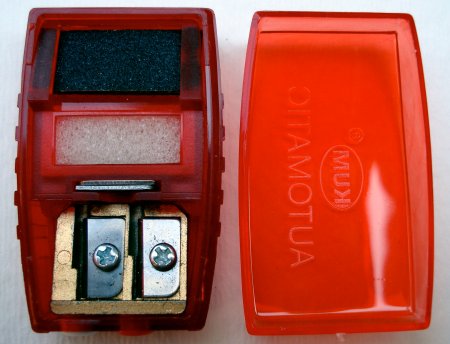
KUM makes a version (the 23A R) that includes 2.0mm and 3.15mm brass housed sharpeners with two spare blades, plus a sandpaper area (extra sheets included) and a sponge for post-sharpening cleaning. Very nice.
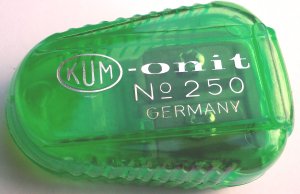
A more basic version, the Onit 250, has a container for the graphite dust. I have rebranded versions of the 250 from Faber-Castell, Staedtler, and Koh-I-Noor.
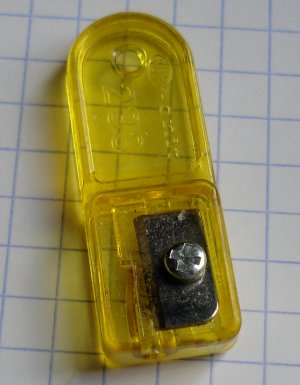
They also have a very basic sharpener, the 233, that is possibly the smallest and least expensive pencil accessory around, while still being quite useful.
A larger model, with a metal sharpener and round canister, resold by many, can handle 5.6mm leads.
Cap sharpeners
Some leadholders have a small sharpener in the cap. Usually underneath the cap, the sharpener can also be facing outwards, as with the Criterium.
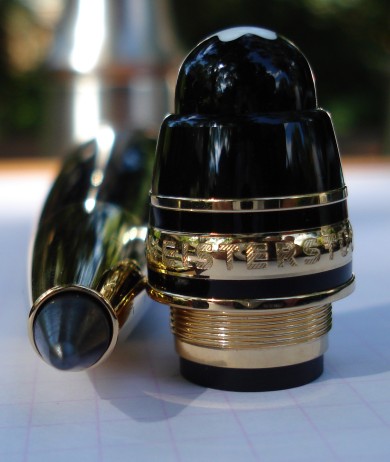
Montblanc’s cap sharpener is a work of art by itself.
Most such sharpeners have a blade pair forming a crosshair inside the cap.
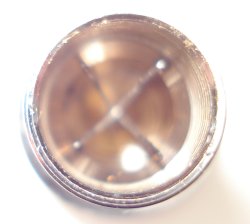
As to sharpening, the quality of the implementation varies. Some are perfectly usable, while others are more in the ’emergency use’ category.
Since there is nowhere for the graphite dust to go, they can be the worst at creating an unexpected mess.
Specialty pointers
For serious users, there are also specialty pointers. The lead is pointed by rotating it around either the interior or exterior edge of a sharpening blade or ring.
The Staedtler 502 tub is a classic. Did anyone ever get it to work on their very first try? The instructions are on page 13 here (PDF format). It does work! Basically, stick the leadholder in the opening, and turn clockwise. It will seem simple after a few tries.
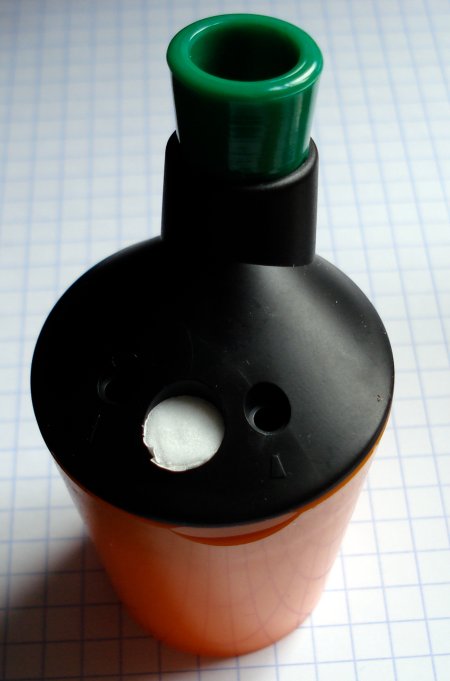
Rotring also has a version. Basically similar to the Staedtler, this made in Germany pointer has a wider circumference blade, and some fashion forward styling, with an orange body and interchangeable conical guides in four colours. They also kindly provide a couple of spare sponges.
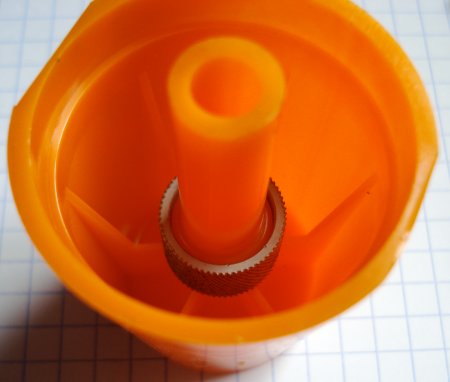
Gedess is a bit different. It has a sandpaper-like rough metal surface, and the lead is rotated around the interior of this blade. The system is remarkable simple.
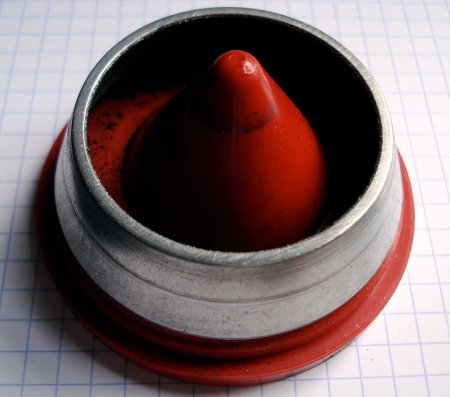
Some more information from leadholder.com:
There were some very serious desktop models once made, but in the era of CAD, they are long gone.
Other Considerations
Clutch leadholders in a traditional drafting housing work with all of these sharpening methods – but leadholders with newer push-button mechanisms – which are essentially mechanical pencils with wide width leads – don’t necessarily have the grip strength needed to use a sharpener – the lead, not being tightly held, just twists.
And wider bodied systems, even if having a clutch mechanism, may not be able to fit into the specialty sharpeners.
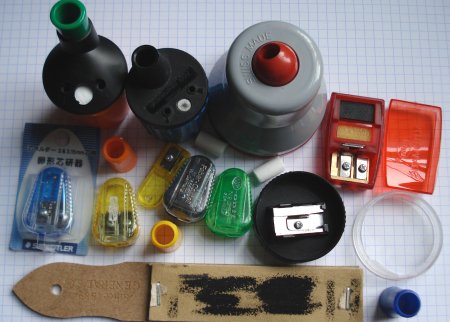
Further reading: the excellent leadholder.com.

